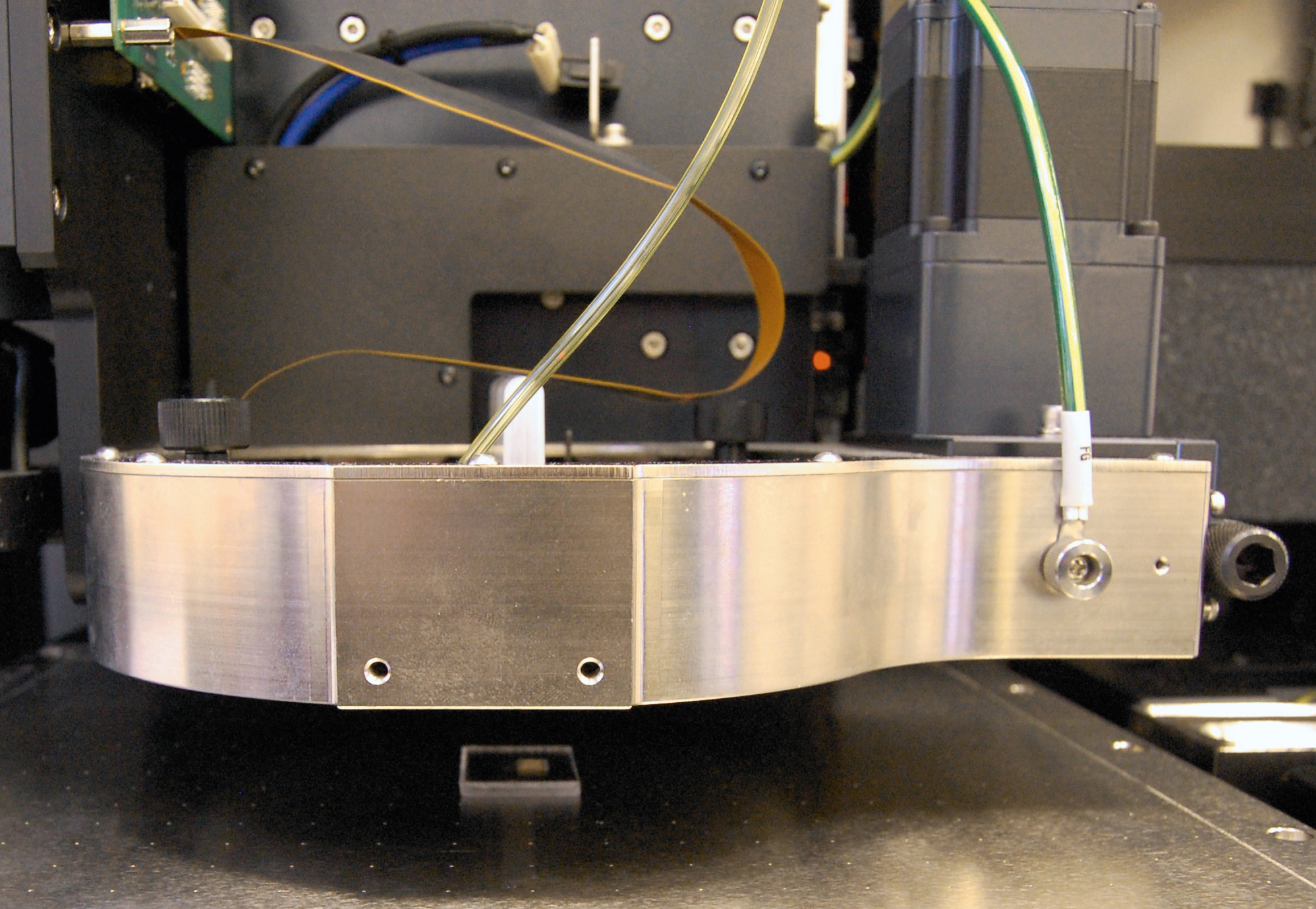Digital inkjet printing
Novel additive manufacturing processes are currently being worked on in a variety of research fields. Among the established printing techniques, inkjet printing offers a highly attractive technique for creating surface or three-dimensional structures that are previously designed on the computer.
Digital inkjet printing produces small, uniformly sized droplets that can be used as microcomponents. This allows spatially resolved structures of new, but also known materials to be created in an innovative way. Fraunhofer IGB is therefore focusing its research on inkjet printing as a manufacturing tool for the individualization of production processes.
At Fraunhofer IGB, ink formulations for processing a wide range of functional components such as hydrogels, nanoparticles, proteins and conductive materials are being developed.
 Fraunhofer Institute for Interfacial Engineering and Biotechnology IGB
Fraunhofer Institute for Interfacial Engineering and Biotechnology IGB